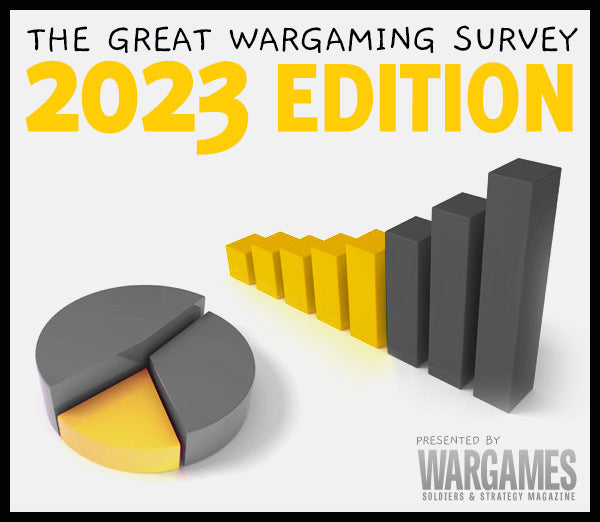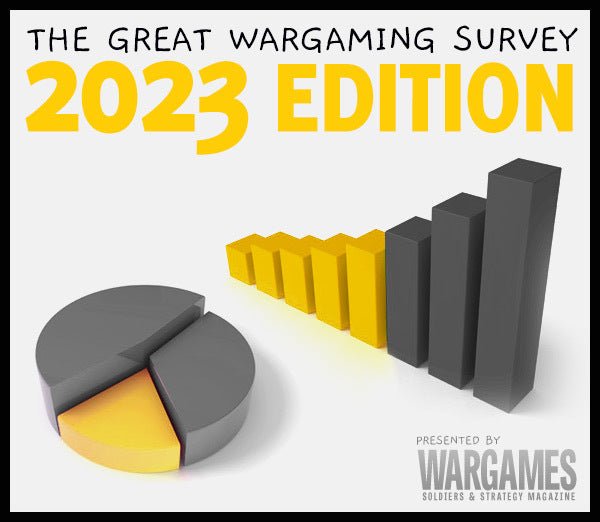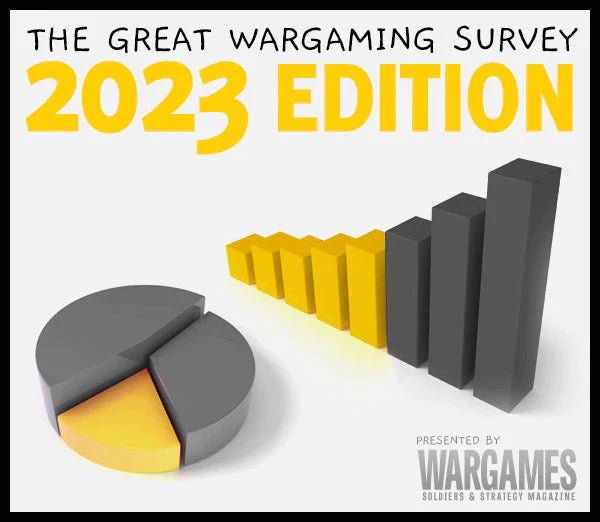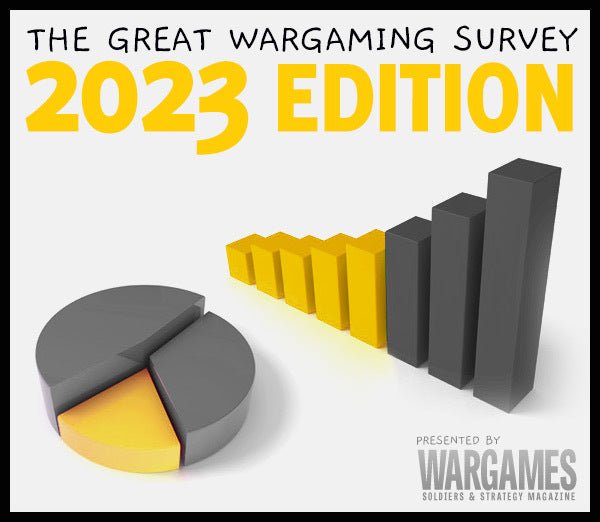GWS 2022: Period preferences cluster analysis
By Jon Freitag
In a previous analysis, wargaming period/settings preference was considered (see: Favorite Gaming Periods). That analysis examined a selection of attributes that may influence a wargamer's personal period preference. The attributes under consideration in that study included Age, Primary Interest, Group Size, and Figure Size. The earlier results relied upon descriptive statistics and counting methods to make inferences. Today, we move away from descriptive statistics and examine period preference through the lenses of predictive analytics.
Cluster analysis is the tool used for this study. Simply put, cluster analysis constructs a grouping of objects (period preference) so that objects in the same group (cluster) are more similar to each other than they are to objects in other groups. While earlier analyses counted responses across various categories, this analysis attempts to infer relationships and tendencies between respondents and their top three choices of wargame periods.
What questions can be answered from this analysis? For me, a few questions to consider are:
- Using only gaming period choice, do distinctions between historical and non-historical gamers emerge?
- Do some game periods tend to cluster together? Which ones?
- If distinct groups emerge from clustering, are these distinct groups intuitive?
One step in cluster analysis is figuring out an optimal number of clusters. Using only respondent wargaming period preference from the survey, these data are aggregated and classified using unsupervised machine learning. The result of this classification process is illustrated in Figure 1. Each of the 20 game periods is represented in the dendrogram below.

What does Figure 1 suggest? The answer depends upon the selected number of clusters, but clear clustering emerges. What can we infer? Please read on!
Starting from the right-hand side of the chart and drawing a vertical line down through the first two branches of the dendrogram tree identifies two clusters of game periods (see Figure 2). What does this primary division suggest?

This initial clustering cleanly splits preferred game periods into two, distinct groups. With no ambiguity, the two groups are Historical periods and Non-historical periods. Well, perhaps a bit of ambiguity. Pulp clustered into the Fantasy/Sci-Fi classification. What is "Pulp", really? Including a broad brush of character-driven adventure gaming, Pulp with Steampunk, Horror, Gangster, Back of Beyond, etc, could easily cross all boundaries. Survey responses place Pulp among the Non-Historical classification.
Generally, the clustering result illustrates that historical gamers tend to stick to other historical periods and non-historical gamers tend to do similarly. Remember from primary preference studies in the past, that there is cross-over between historical and non-historical period preference. Generally, however, clustering shows a clear distinction between the two genres. A reasonable result taken at a high level. What if we want to see more granularity instead of the very high-level look? We move the vertical bar to the left and cut across the dendrogram a second time.
The next clustering solution as we move from right to left, crosses three branches as shown in Figure 3. What is this three-cluster solution?

The three-cluster solution keeps Non-historicals intact, but bifurcates historicals into two components. I label this break-out to historicals as Modern and Ancient. Drilling down, this clustering solution may cause some head-scratching for some as Pike & Shotte clusters with the "traditional" Ancients periods of Ancients, Medievals, Dark Ages. Analysis of the survey suggests that Ancients wargamers and Pike & Shotte wargamers may have much in common.
Note that the dendrogram illustrates a distance between Pike & Shotte wargamers to gamers in other periods. Not only is Pike & Shotte separate and distinct from Modern, but there is separation to the other Ancients periods. Still, gamers find wargaming Pike & Shotte more closely allied with Ancients than gunpowder dominated ways of war. Examining the dendrogram more closely, notice that Pike & Shotte does not separate from the "Ancients" group until the nine-cluster solution is reached. A nine-cluster solution is very deep into the pruning process and suggests a strong tie between Ancients and Pike & Shotte.
What happens to the clustering solution as we move from the three to a five-cluster dendrogram?

In a five-cluster solution (Figure 4), Non-Historicals and Ancients Historicals remain unchanged. The Moderns cluster group, Post-1700, is split into three parts. The three new clusters form the Horse & Musket Historicals, Hollywood, and Modern Historicals. Of course, these are general names I give to each group for my own purposes. Other naming conventions are possible.
I could continue crawling out on the branches of the dendrogram tree, pruning along the way, but for now, I stop at the five-cluster solution.
What do we discover from this exercise of aggregating the 10,892 survey responses from the 2022 survey? By considering only respondent period choice, the analysis produces some interesting and hopefully logical tendencies as responses are grouped by wargaming period preference.
Keep in mind that these groupings, wherever pruned, are brought to light by simply examining respondent choices in game period and using the tools of machine learning. Notice, once again, the clear and early distinction between non-historical and historical game periods using no more input than period preference. Fascinating result.
While this cluster analysis presents interesting and intuitive results, I wonder if our friends in the Pike & Shotte period ought to be claimed by the Ancients wargamers as one of their own?




